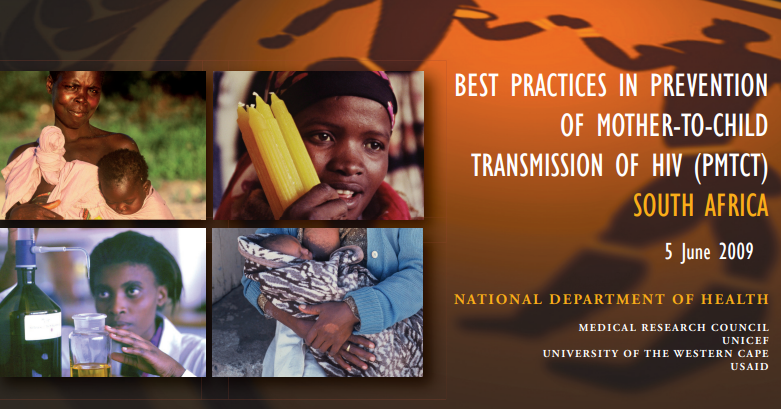Best Practices in Prevention of Mother-to-Child Transmission of HIV
Preventing mother-to-child transmission of HIV is a key intervention to improving maternal and child health and meeting the 4th and 5th Millennium Development Goals. Preventing mother to child transmission of HIV should be an integral part of routine maternal and child health services so that:
- every health care worker working in maternal and child health service provides services that prevent mother-to-child transmission of HIV as part of their routine activities, and
- every mother and child accesses services that prevent mother-to-child transmission of HIV before pregnancy (preventing HIV infections), during pregnancy (PMTCT services integrated into routine basic antenatal care) and postnatally.
To achieve less than 5% HIV transmission from mother to child the following key cascades in the PMTCT care pathway need to be functioning optimally: HIV-positive women need to flow from one step in the cascade to the next, and there should be no fall-out as one descends the PMTCT cascade.
View the complete Best Practices in Prevention of Mother-to-Child Transmission of HIV Report

